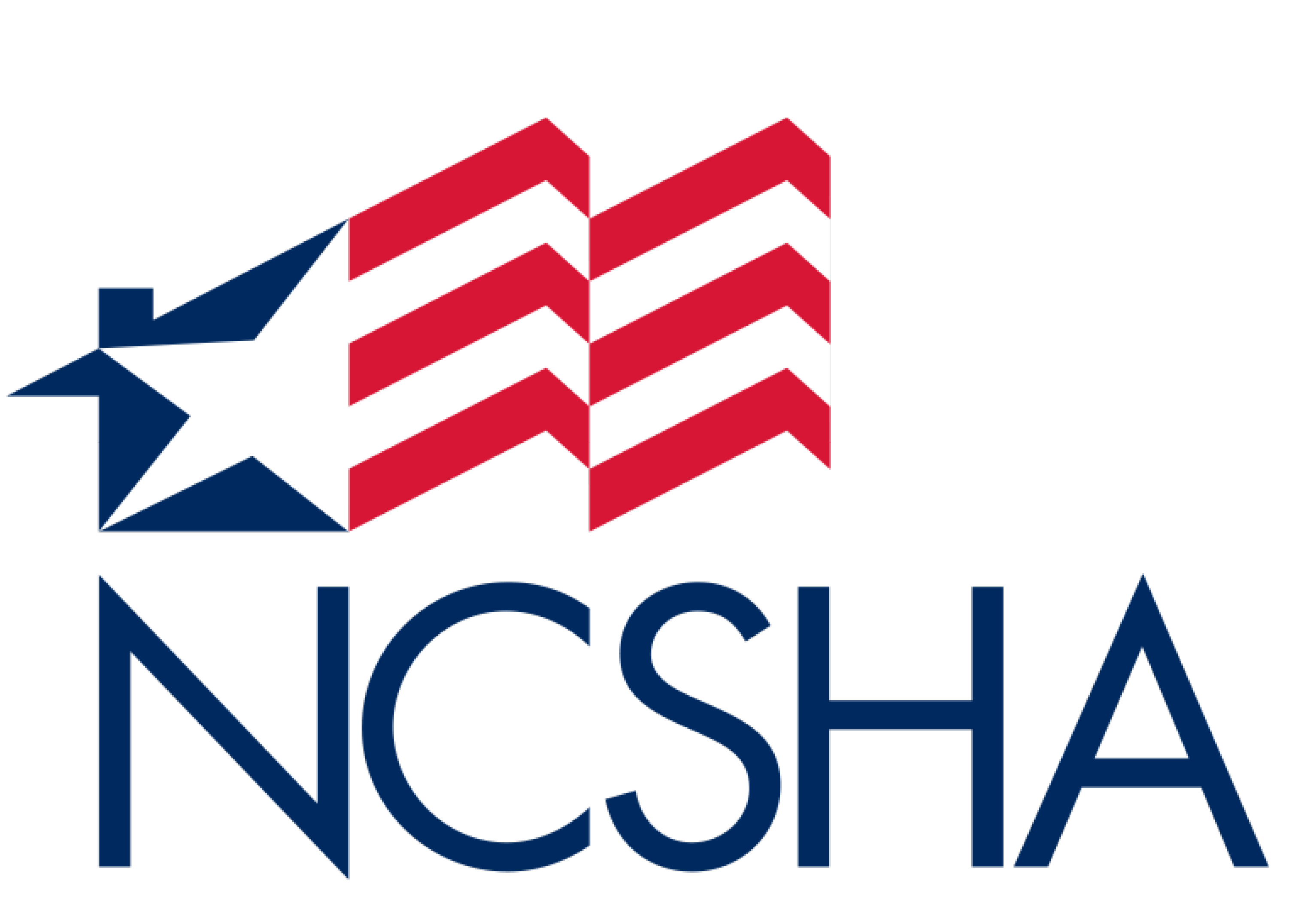NCSHA Releases Additional Analysis of the Administration’s FY 2015 Budget

Since the Administration released its FY 2015 Budget on March 4, federal agencies have released additional details about their Budget requests. NCSHA has updated and expanded its initial preliminary Budget analysis to include additional information on proposed housing program funding levels and policies.
As described in NCSHA’s March 4 analysis, the Administration proposes, after accounting for offsetting receipts from the Federal Housing Administration (FHA) mortgage insurance program and other accounts, to spend $46.7 billion on HUD programs, a 2.6 percent increase over HUD’s enacted FY 2014 funding level. The Budget proposes to increase funding for the Housing Choice Voucher (voucher) program by 5 percent and HUD’s Housing Counseling program by 33 percent. It would cut funding for the Section 8 project-based rental assistance (PBRA) program by 2 percent and funding for the HOME Investment Partnerships (HOME) program by 5 percent. It again proposes $1 billion in new mandatory spending to launch the Housing Trust Fund.
The Budget also proposes to increase funding for homeless assistance by 14 percent, Section 811 Housing for Persons with Disabilities by 27 percent, and Section 202 Housing for the Elderly by 15 percent. It would cut funding for the Community Development Block Grant (CDBG) program by 8 percent.
In addition to funding proposals, the Budget contains numerous policy proposals. The Budget proposes legislative reforms to HUD’s core rental assistance programs, including expanding the Moving-to-Work (MTW) program for high-capacity Public Housing Authorities (PHAs), allowing fixed-income families to recertify their incomes every three years, and increasing the threshold used to determine deductions for unreimbursed medical expenses from 3 to 10 percent of family income.
For the PBRA program, the Budget proposes to change the program funding cycle from a fiscal-year basis to a calendar-year basis. HUD predicts that this new funding cycle will minimize end-of-year budget disruptions and should result in more predictable funding cycles in future years. Specific to the voucher program, the Budget proposes improving the Project-Based Voucher program, addressing homelessness through expansion of the sponsor-based assistance model, and streamlining the process for establishing annual Fair Market Rents (FMRs).
The Budget proposes a number of changes to the Department of Agriculture’s (USDA) Section 521 rental assistance program. It proposes to require a minimum rent of $50 per month. It also proposes that USDA will no longer automatically renew contracts within the same 12-month period. Instead, contracts will be renewed at the discretion of the USDA Secretary depending upon the needs of the development and contracts will be issued for a fixed time and a fixed sum. The Budget states that these new authorities will also be proposed in a separate multifamily housing reinvention legislative package.
The Budget also contains the Administration’s tax proposals, including a slightly modified version of last year’s proposal to allow states to convert private activity bond (PAB) volume cap authority into Housing Credit authority. The FY 2015 proposal differs from last year’s by increasing the maximum amount of PAB volume cap that can be converted by each state from 7 percent to 8 percent and by providing an alternative method of qualifying for 4 percent Housing Credits without tax-exempt bond financing.
The Budget repeats last year’s tax proposals to repeal the Mortgage Revenue Bond (MRB) program purchase price limit and refinancing restriction; to create a new permanent America Fast Forward (AFF) Bond program, which would be an optional alternative to traditional tax-exempt bonds; and to cap the value of itemized deductions and other tax preferences, including the income-exclusion of interest on tax-exempt bonds, to 28 percent.
Appropriations action has now turned to Capitol Hill as the appropriations subcommittees hold hearings to discuss the Budget’s proposals.

